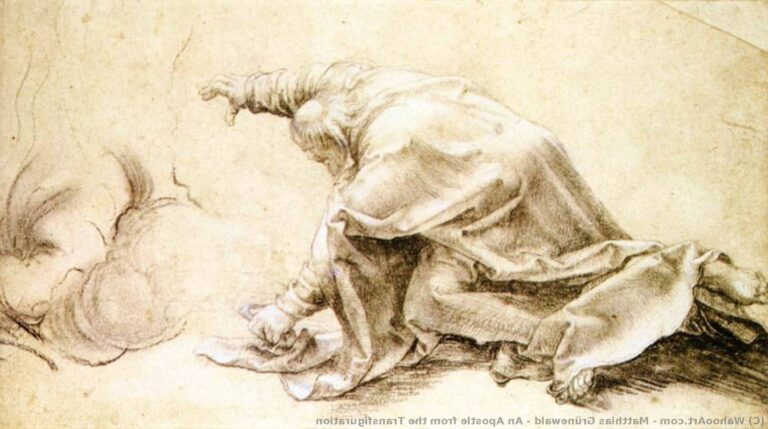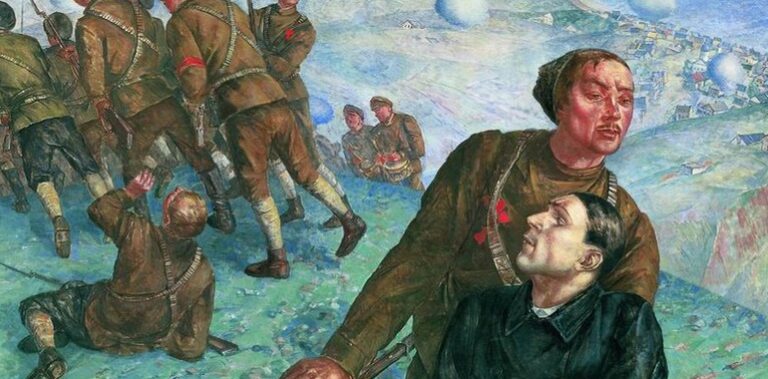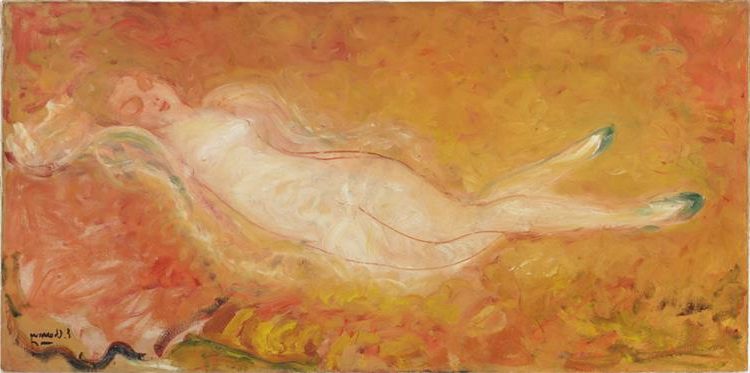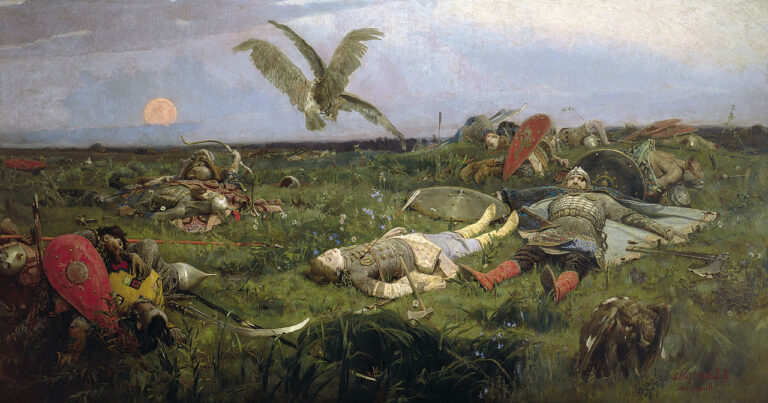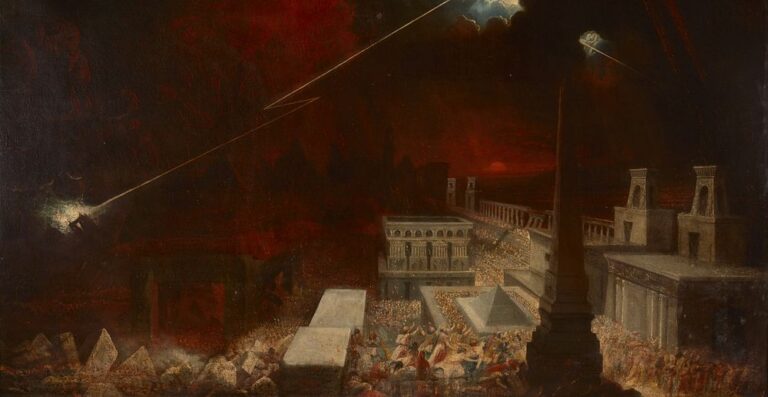Top 5 Powerful Insights into Honoré Daumier’s Artistic Legacy and Impact on Realism
Honoré Daumier: A Portrait of the Artist as a Venerable Caricaturist
Early Life and Career of Honoré Daumier
The early years of Honoré Daumier were marked by a modest upbringing in Marseille and the development of his artistic skills through apprenticeships that set the foundation for his future works as a painter and sculptor.
Birth in Marseille and Early Years
Honoré-Victorin Daumier was born in February 1808 in Marseille, France. His parents, Jean-Baptiste Louis Daumier and Cécile Catherine Philippe brought him into a world ripe with social and political change. Daumier’s family moved to Paris in 1816, where his father attempted a career in poetry.


Apprenticeships and Influence of Lenoir
During his formative years, Daumier showed an aptitude for art, leading to his first glazier apprenticeship. This experience was brief, as his interests lay in a more creative direction. He soon entered the realm of art under the wing of Alexandre Lenoir, a prominent French artist known for preserving pieces of French history. Lenoir played a significant role in the young artist’s appreciation of classical forms and historical art.
Initial Works and Entry into Art
Daumier began his artistic journey in earnest by creating his initial works. His early contributions consisted of illustrations and lithographs that offered a satirical look at the society of his time. He ventured into painting and sculpture, which led to a prolific career where his talents as a painter and sculptor were fully realized. Daumier’s entry into the art world was marked by his unique ability to capture the nuances of French politics and society through his creations.

Artistic Evolution and Major Works
Honoré Daumier’s artistic journey is marked by his significant contributions to lithography and caricature, his engagement with the political and social issues of his time, and his later foray into painting and sculpture. His body of work spans several decades of the 19th century, reflecting the evolution of his style and the turbulent era in which he lived.
Development as a Lithographer and Caricaturist
Daumier began his artistic career in the domain of lithography, mastering the art of capturing the essence of his subjects with swift and expressive line work. In the 1830s, he found employment with Charles Philipon, a publisher known for his satirical magazines La Caricature and Le Charivari. Daumier’s lithographs during this period often depicted political figures and lawyers, employing satire to critique the Monarchy and societal norms. His famous caricature of King Louis-Philippe as “Gargantua” is a testament to his boldness in expressing political commentary, which led to his imprisonment in 1832.

Interactions with Politics and Society
Daumier’s work is deeply intertwined with the political climate of 19th-century France. His art often reflects events such as the Revolution of 1830 and the upheaval of 1848 in Paris. He used his lithographs to portray the monarchist establishment and bourgeois society with a critical eye, weaving his observations of the human condition into visual commentary. Daumier became an influential figure in the political discourse through his caricatures, with his pointed critiques shaping public perception.

- Critical Events:
- Revolution of 1830
- 1848 Revolutions
- Key Themes:
- Political Satire
- Social Critique
Transition to Painting and Sculpture
Daumier’s evolution into painting and sculpture marked a new chapter in his artistic trajectory. Although he remained committed to Realism, his paintings reveal a more nuanced approach to portraying society. His artwork during this period moved away from the overt political commentary of his lithographs, leaning towards exploring the human condition with empathy and a vivid portrayal of everyday life. Despite being underrecognized during his lifetime, Daumier’s paintings and sculptures later on earned acclaim for their innovative contributions to modern art.


Legacy and Influence on Art
Recognized posthumously for his profound impact on modern art, Honoré Daumier’s work transcended his own era, influencing many artists and movements that followed. Key contributions: Introduction of techniques of Impressionism into modern
art.
Posthumous Recognition and Influence
Daumier’s true genius was not fully acknowledged during his lifetime; it was only later that his remarkable contributions to art and society began to receive esteemed accolades. The French bourgeoisie and critics, who had initially overlooked the depth of his work, eventually came to appreciate his critical insights into French political life and bourgeois society. Notably, the writer Charles Baudelaire lauded Daumier’s talent, recognizing the strength of his technique and printmaking skills.



After Daumier’s death, his artworks were introduced to a wider audience, as institutions like the Louvre and the National Gallery of Art included his work in their collections, signalling his arrival into the pantheon of artistic renown. His works, especially his politically charged caricatures and paintings that often depicted the church, judiciary, and legal profession, have been displayed in prominent exhibitions, highlighting his prowess as a serious painter and satirist.
Impressionists were among those influenced by Daumier’s work. His free brushwork and focus on the light and shadow intricacies likely impacted their evolving styles. Furthermore, Daumier’s social and political commentary would resonate with the Postimpressionist movement, and his techniques contributed to the development of modern art.

Daumier’s Place in Art History
In the context of art history, Daumier is often associated with the Romantic movement for his evocative and emotionally engaging style. Although he participated in the Parisian Salons, his artwork diverged from the popular pseudo-Classicism of his time, represented by artists such as Jacques-Louis David. Instead, Daumier’s art incorporated elements of Michelangelo’s sculptural influence and reflected the gritty realism of everyday life during the July Monarchy and the Second Napoleonic Empire.
He was a French painter, but his proficiency in different mediums, including printmaking and sculpture, demonstrated his diverse artistic talents. A staunch Republican-Democrat, Daumier used his art to represent the struggles of the French public, especially those living in poverty. His time in imprisonment—a consequence of his boldly expressive art, particularly pieces critical of the government and published in left-wing publications—cemented his notoriety and commitment to his values.

Although Daumier often experienced financial difficulties, living in poverty and struggling with societal reception, including being jailed for his work, his biography showcases a man firmly in touch with the common people, which is starkly reflected in his oeuvre. His portrayals provide authentic insights into 19th-century French society that continue to engage the viewers and critics of modern times.
Frequently Asked Questions
This section addresses some of the most common inquiries regarding the French artist Honoré Daumier, touching upon his impact on art, his innovative approach to caricature, and the characteristics of his artistic style.
What is the significance of Honoré Daumier in the context of Realism in art?
Honoré Daumier is recognized as a forward-thinking Realist due to his dedication to social commentary through depictions of everyday life. His works are characterized by a candid portrayal of society, emphasizing the plight and conditions of the working class.
How did Honoré Daumier contribute to the art of caricature?
Daumier revolutionized caricature by infusing it with a depth of political and social critique. His sharp and insightful observations became tools for satire, influencing the development of caricature as a form of protest art against oppressive authorities.
What are the distinguishing features of Honoré Daumier’s art style?
Daumier’s art is marked by loose, expressive brushwork, reminiscent of other Romantic artists while abandoning Neoclassicism’s polished aesthetics. He is known for his ability to evoke strong emotions and for highlighting the humanity of his subjects without sentimentality.
What is the historical and artistic importance of Daumier’s ‘The Third-Class Carriage’?
‘The Third-Class Carriage’ is quintessential Daumier, symbolizing his concern with social inequality. The painting captures the raw reality of the lower class, illustrating Daumier’s commitment to depicting the truth of contemporary life.
Can you provide some key facts about Honoré Daumier’s life and career?
Honoré Daumier (1808–1879) was a prolific French artist who was active during the 19th century. He gained prominence as a caricaturist but was also an accomplished painter and sculptor who witnessed and critiqued the events from the 1830 Revolution to the fall of the second Napoleonic Empire.
What themes and social commentaries are prevalent in the work of Honoré Daumier?
Daumier’s works often examine themes of social justice, depicting the struggles of the marginalized. He provided a trenchant commentary on the political climate of his times, critiquing the judiciary, politicians, and the societal divisions of 19th-century France.




